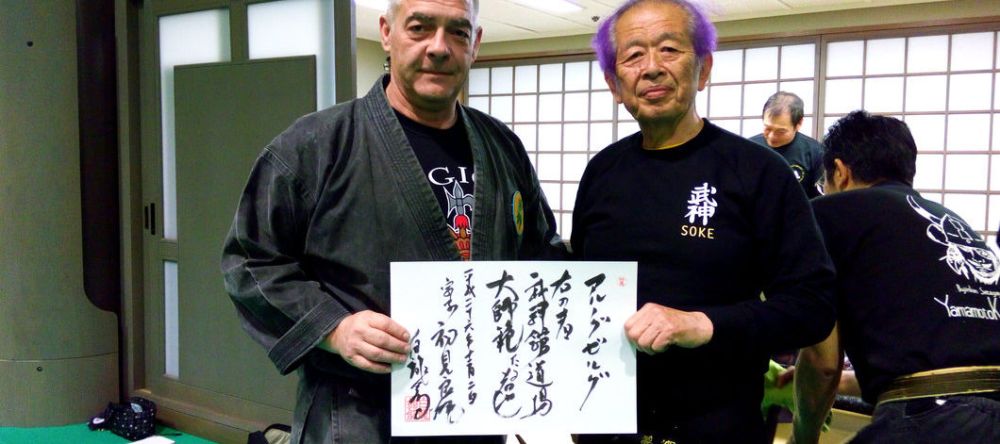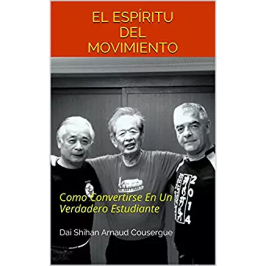From paart budo buki by buki stolar
This is first Bo stick from two piece, for all budoka's who travel with Budo equipmentsoon more info ;)
… Read More
From paart budo buki by buki stolar
This is first Bo stick from two piece, for all budoka's who travel with Budo equipmentFrom paart budo buki by buki stolar
Here it is another Koryu bokutou, this time Shinden Fudo Ryu,From Shiro Kuma by kumafr

Published in 2014, it was well accepted in the Bujinkan community. Here what some readers thought about it:
If you want to have an insight of the path of one of best student of Soke: Kuma クマ, don’t hesitate, go for it ! it is a kind of privilege as well as a real pleasure to read this book and have the opportunity to get a glimpse of a life of a true master!
Dick O.
I wish I had read it a couple of years back. This book gives some interesting edges to learning and commitment. Be budo, climbing, new language, … Whatever- a truthful approach. Add the budo specifics around the genesis and the motivation, and it makes a very compelling read.
Gilles T.
As a long-time practitioner, teacher and Dojo owner, I was impressed by Arnaud’s experience, sense of humour and ability to translate the many insights that Japanese Budo training offers the world. He embodies the Martial Spirit very well through his stories of Japan and the culture. He also gives many valuable technical points to those who have been on the martial path for either three months or three decades. I highly recommend this book to any student or teacher of Martial Arts!
Todd N.
We are fortunate to have someone like Arnaud write this book. There’s a lot of older texts but nothing really recent. Not only is he one of the foremost practitioners in the art, but the dude can write well. I was afraid I would get bored, but that wasn’t the case.
If you’re in the Bujinkan or even just a practitioner of budo, you should read this book.
Clayton
FULL OF USEFUL INFORMATION. A MUST READ.
Roy P.



From Shiro Kuma by kumafr

We did it! A few days ago we began a new year of Bujinkan training.
I wish you all a Happy new year, full of success, good health, and improvement.
To help you all, I give you FREE access to http://www.koimartialart.com.
Click here: https://www.koimartialart.com/p/free-all-access until the 10th of January.
Take this opportunity to review your basics, waza, and weapons. It will not replace actual training, but help you learn faster.
Click today, and get your FREE access:
https://www.koimartialart.com/p/free-all-access
This new year is the chance to make a positive change in your dōjō.
Here are a few “new year resolutions” that you might wish to follow:
Happy new year to all. Thank you for your endless support.
Shiro Kuma…
Read MoreFrom paart budo buki by buki stolar
Dear Budo friends,